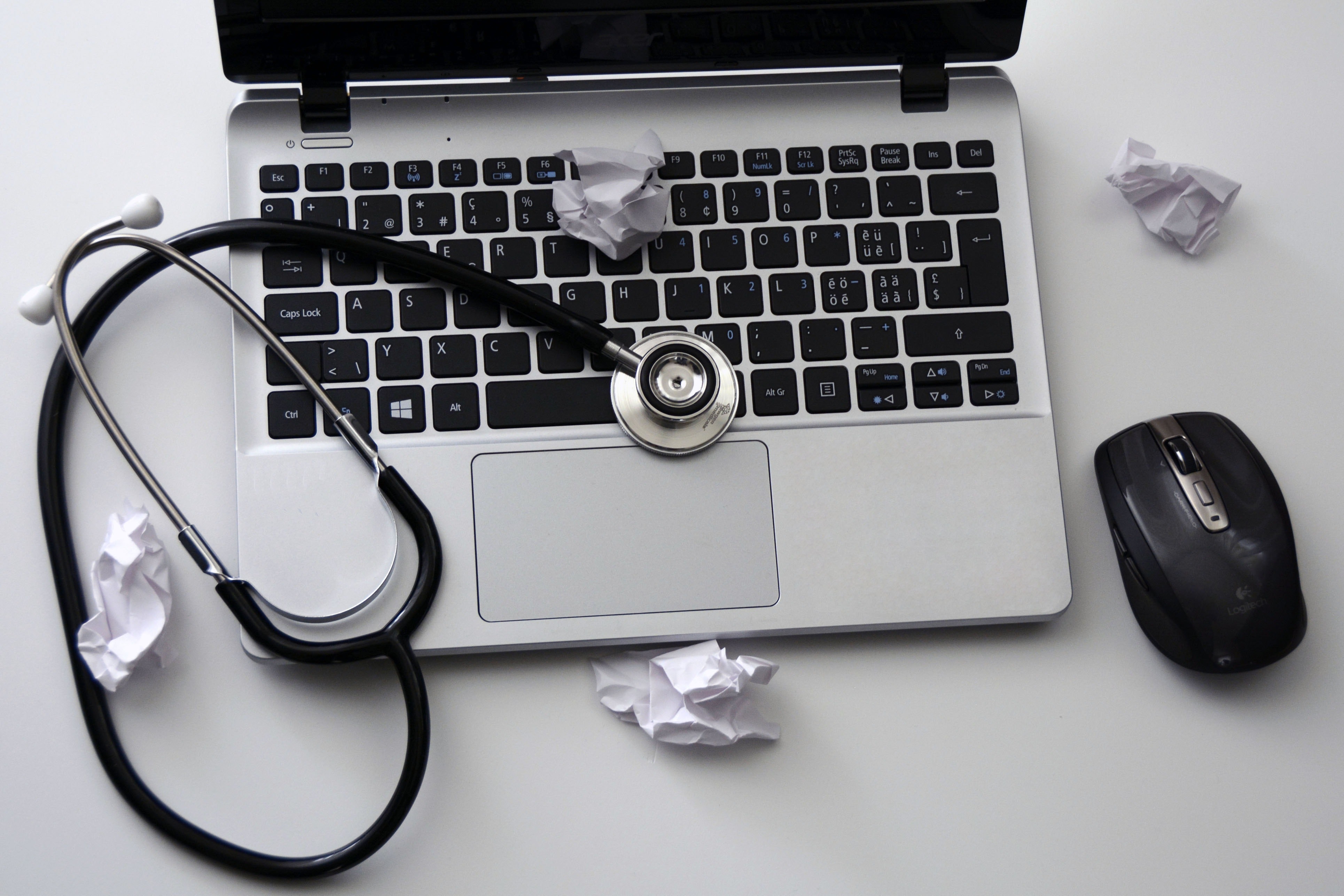Originally published in American City Business Journals
By Daniel E. Greenleaf
As a proportion of America’s population rapidly ages, technology likely will transform health care in ways that will lower the price of delivering better care while utterly reimagining how we interact with medical professionals.
The United States’ rapidly changing demographics are underscored by the raw data: By 2033, there will be more Americans over the age of 65 than under the age of 18. And by 2060, one in four U.S. residents will be over 65 compared to one in seven in 2013.
With half of older households living on less than the median U.S. income, it will become increasingly important to find ways to deliver better health care at lower costs. Thankfully, disruption from technological advances could achieve that goal over the next 15 or 20 years.
Here are five ways that could happen.
1. Personal monitoring: Our real-time biometric data will be tracked by wearable monitoring devices, underpinning a new approach to health care. Americans are already using devices like the Fitbit and AppleWatch to monitor their well-being, but wearables are about to take a leap forward. For example, researchers in South Korea have developed a patch to monitor blood glucose levels in sweat for diabetics, releasing a drug when high levels of glucose are detected. Scripps Health is developing a nano-sensor that’s injected into the bloodstream to give live glucose readings on a smartphone app. Wearables — as discreet as a Band-Aid, sensors embedded in clothing or biometric tattoos — will monitor heart and brain activity, blood pressure and exercise, among other things.
No one knows how far all this will go — Google has a patent that would use sensors in everything from your toilet seat to your bathroom mat and tub to monitor your heart — but getting our health data into the cloud where it can be accessed by health professionals and analyzed using artificial intelligence will revolutionize health care delivery.
One thing is certain: Better monitoring will reduce health-care costs. Ascension at Home Wisconsin found that patients with serious health conditions who were monitored remotely have hospital readmission rates of 8 percent compared to 24 percent nationally.
2. The age of genetic medicine: Americans have enjoyed using genetic tests from the likes of 23andMe to reveal their heritage, but in the coming years, that information will facilitate personalized health care. Mapping our DNA will help predict health outcomes and give patients a genetic passport that they can bring from one doctor to another as they seek the best care.
The genetic engineering technique CRISPR (Clustered Regularly Interspaced Short Palindromic Repeats) could eventually cure inheritable diseases. The combination of real-time data from wearables and a complete genetic picture will allow physicians to develop personalized plans to prevent disease and enable targeted therapies to promote wellness.
3. Changing relationships: These shifts will transform the relationship between physicians and patients, empowering people with detailed knowledge about their health and various treatment options — a change as significant as the leap from the age of centralized information and mainframe computers to the era of the smartphone where we have information at our fingertips.
Patients won’t visit doctors as frequently because most physicians will interact with patients via video conference. A growing number of doctors and nurses will effectively work from call centers where patients call in over video phone to discuss their options based on symptoms that have been recorded on monitoring devices, significantly reducing costs.
Some health providers already are moving in this direction: Virtual visits are 52 percent of Kaiser Permanente’s 100 million annual doctor consultations, according to Modern Healthcare.
4. The death of hospitals: The decentralization of care will make hospitals as we currently know them obsolete. Hospitals will remain crucial for surgeries, as trauma centers, and for emergencies, and they can survive by specializing — for example, a hospital known for cardiac surgery or maternity care. As patients are empowered by information and personalized care, nurses and pharmacists will be central to caring for the elderly in their communities.
5. The rise of preventative care: The Affordable Care Act allowed hospitals to use funding for preventive care, including dietary efforts. No matter where health policy goes next, diet will become central to health care. Patients will have a customized diet aimed at avoiding such things as cardiac problems, obesity, diabetes and hypertension. Technologies like CRISPR are already being used to improve our food supply.
The combination of the smartphone age, big data, genetic advances and artificial intelligence will reimagine health care as we know it in the generation to come, reducing costs and increasing the quality of care our elderly receive.
As Eric Topol writes in his book, “The Patient Will See You Now, The Future of Medicine is in Your Hands,” the result of this age of personalized health care will allow your medical data to be tracked “from the womb to tomb … to prevent illness before it happens.”
As Americans get older, that’s something worth working toward.
Daniel E. Greenleaf is president and chief executive officer of BioScrip Inc., a provider of infusion and home health care management solutions.

